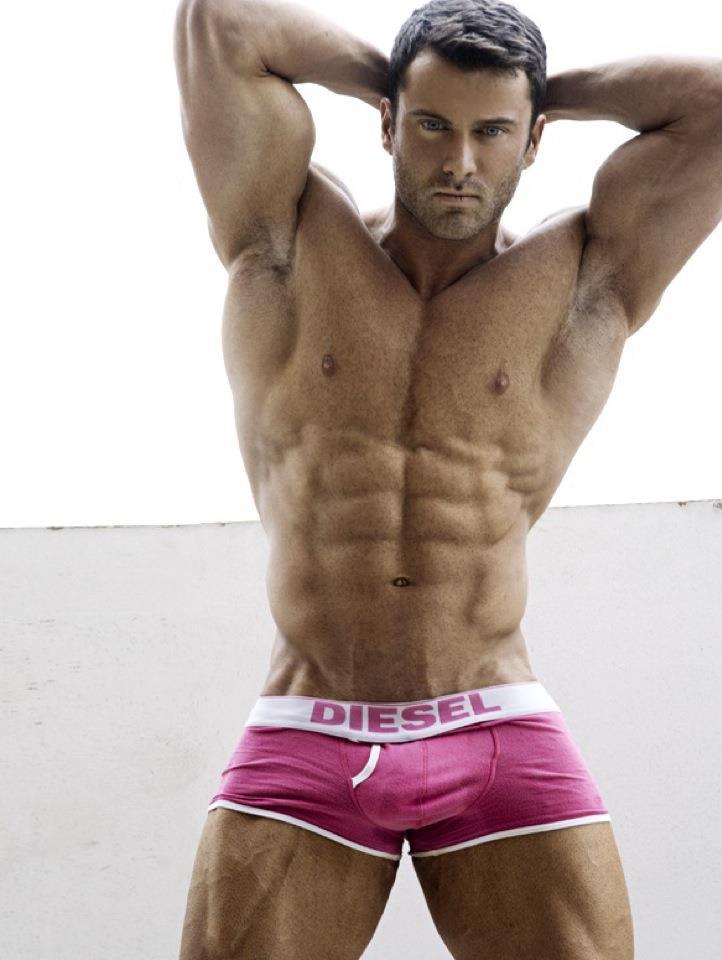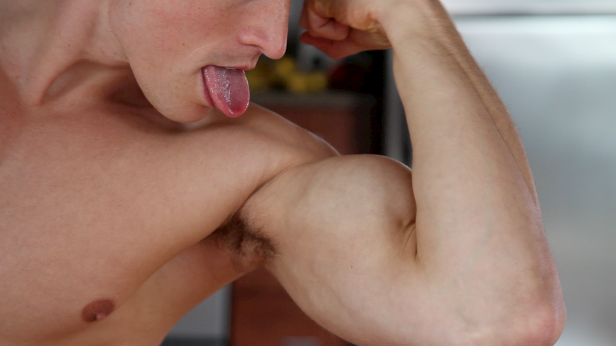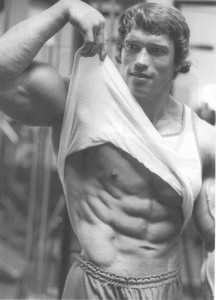Dear Davey,
For a little while now I have been trying to put on some muscle mass (Iâm a fairly skinny guy), but have been having a hard time. I have been told by a few people that it is because I do too much cardio. Iâm a cycling instructor here in Canada and I teach 3 - 5 cycling classes a week. Is there a way to gain muscle mass even though I do a large amount of intense cardio on weekly basis?
Thanks,
Jason
The real story here isnât cardio - itâs calories. In order to build muscle, you need to create a calorie surplus. That is, you need to take in more calories than you burn.
If you take in fewer calories than you burn, youâll lose weight and mass. If you take in the same amount of calories that you burn, youâll stay the same. But if you want to increase the amount of mass on your body, you need to take in a greater number of calories than you burn. The surplus calories can be put to work building new muscle mass.
Of course, this assumes that youâre exercising and engaged in a workout program that promotes muscle growth (i.e., heavy weights, train to muscle failure, etc.). If youâre sedentary and spending your time watching TV, then those surplus calories will build fat - not muscle. And even if you are hitting the gym, it doesnât mean that your training necessarily targets gains in muscle size. In other words, make sure your workout is on point.
If youâre looking to build muscle, the recommended calorie surplus is 250 - 500 calories. So, calculate your recommended calorie intake - and then add 250 - 500 calories to it.
Doing frequent and intense steady-state cardio makes it harder to build muscle because you burn many more calories than the rest of us. Whereas I could gain muscle by eating around 3,150 calories, your requirement may be considerably higher - and difficult to achieve. This is why, for many people, frequent and intense cardio sessions can cannibalize their muscle gains.
If you canât cut back on the amount or duration of cardio, then it just means youâll have to top your plate a little higher - a problem that most of us would love having!
Love,
Davey
P.S. Itâs worth noting that high intensity interval training is the type of cardio recommended for individuals who are trying to build muscle. High intensity interval training is more anabolic in nature and better for muscle retention.


















